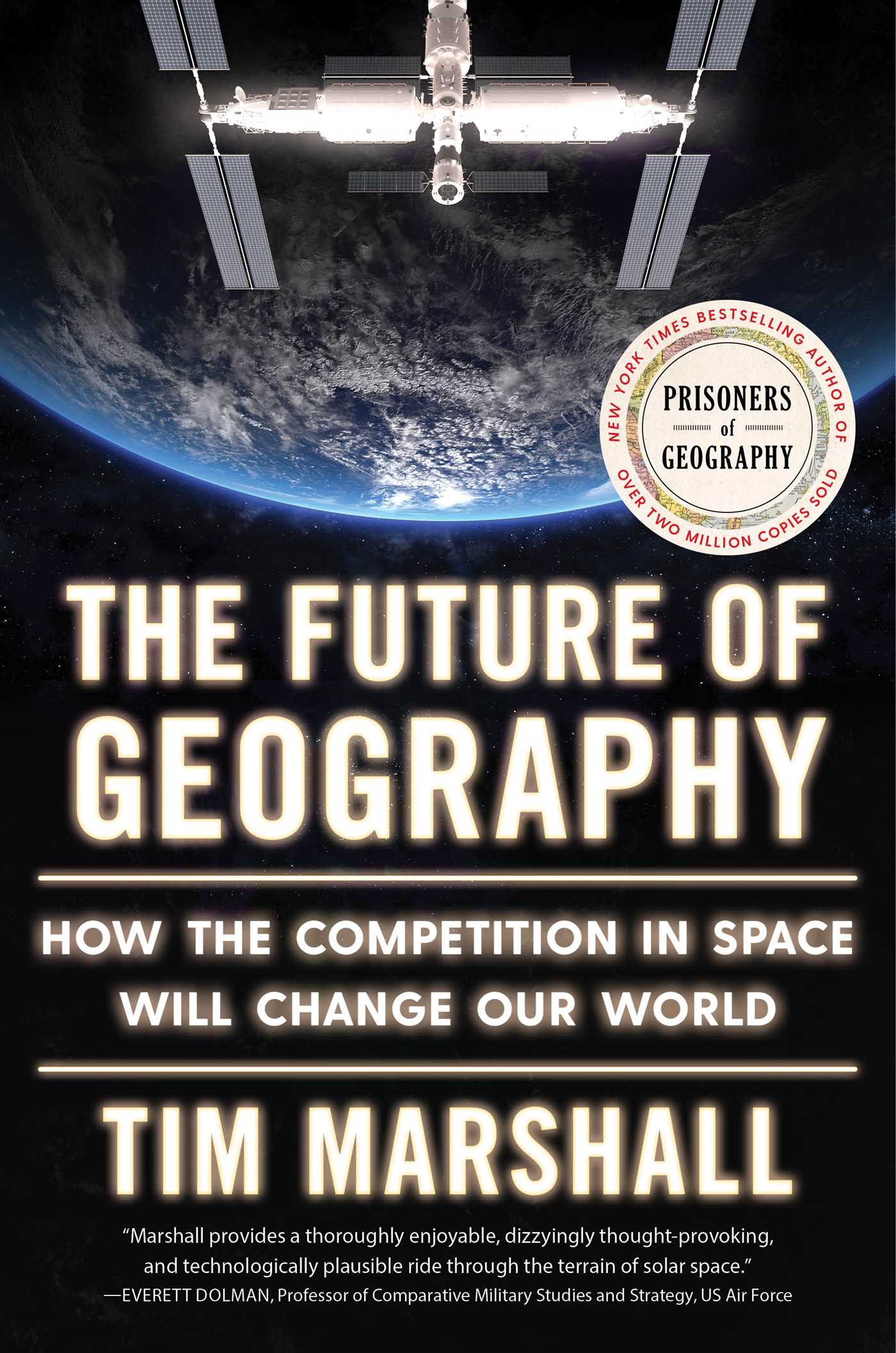More on this book
Community
Kindle Notes & Highlights
by
Tim Marshall
Read between
September 9 - September 20, 2025
The signs that space is going to be a huge geopolitical narrative of the twenty-first century have been accumulating for some time. In recent years, rare metals and water have been found on the Moon; private companies such as Elon Musk’s SpaceX have massively lowered the cost of breaking through the atmosphere; and the big powers have fired missiles from Earth, blowing up their own satellites to test new weapons.
To understand that story, it is helpful to see space as a place with geography: it has corridors suited to travel, regions with key natural assets, land on which to build, and dangerous hazards to avoid.
If a space superpower could dominate the exit points from Earth and routes out of the atmosphere, it could prevent other nations from engaging in space travel. If it dominates the Moon it can keep its riches and be the only power using it to travel farther. And if it dominates low Earth orbit, it could command the satellite belt and use it to control the world.
“Who controls low Earth orbit controls near-Earth space. Who controls near-Earth space dominates Terra. Who dominates Terra determines the destiny of humankind.”


